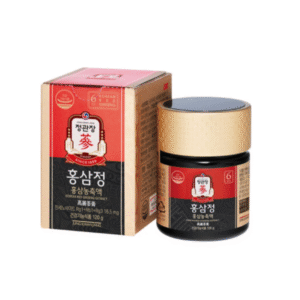Hypertension, often called high blood pressure, is one of the most common chronic conditions in the world — yet it’s also one of the most manageable through simple, consistent lifestyle habits. For millions of people, small daily movements can make a big difference.
In this guide, we’ll explore how gentle exercise supports cardiovascular wellness, reduces stress, and strengthens your heart — safely and effectively.
🩺 Understanding Hypertension
Hypertension occurs when the force of blood pushing against artery walls remains consistently high. Over time, this pressure can damage blood vessels and increase the risk of heart disease, kidney complications, or stroke.
However, good news awaits: lifestyle management is a cornerstone of prevention and care. In fact, according to the World Health Organization (WHO), moderate physical activity can lower systolic blood pressure by 4–9 mmHg — similar to some first-line medications, but achieved naturally through body movement and improved circulation.
🧘♀️ The Power of Gentle, Consistent Movement
The key for people with hypertension is not intensity, but consistency. You don’t have to run a marathon or spend hours in a gym. Light, low-impact exercise performed regularly helps relax blood vessels, improve heart function, and reduce overall stress levels.
Here are five of the most beneficial activities for managing blood pressure:
1. Walking — The Foundation of Heart Health
A simple 30-minute walk each day can improve blood circulation, reduce stiffness in arteries, and enhance mood. Walking at a comfortable pace — where you can still hold a conversation — keeps your heart engaged without overstressing it.
💡 Tip: Try walking after meals or during early mornings when the air is cooler. Over time, your stamina and heart rate balance will naturally improve.
2. Yoga and Stretching
Yoga combines gentle movement, balance, and deep breathing — a powerful trio for lowering stress hormones that influence blood pressure. Studies show that mindfulness-based stretching can enhance vascular elasticity and reduce resting blood pressure.
Gentle poses such as Child’s Pose (Balasana) or Legs-Up-the-Wall (Viparita Karani) help calm the nervous system and support healthy circulation.
3. Tai Chi and Qigong
These ancient practices blend slow, flowing movements with focused breathing. Research from the American Heart Association suggests that Tai Chi can modestly lower blood pressure while improving balance, coordination, and emotional wellbeing.
A 15–20 minute daily session can be a peaceful ritual that connects body and mind.
4. Swimming or Water Aerobics
Water’s natural buoyancy supports the body, reducing joint strain while promoting full-body cardiovascular activity. Because swimming engages multiple muscle groups without raising heart rate excessively, it’s ideal for people managing hypertension and arthritis simultaneously.
5. Deep Breathing and Relaxation Techniques
Stress is one of the strongest contributors to high blood pressure. Controlled breathing techniques — such as the 4-7-8 method or diaphragmatic breathing — help regulate oxygen flow, calm the nervous system, and promote lower resting heart rates.
Even five minutes of deep breathing twice a day can yield measurable benefits.
🥗 Combining Exercise With a Heart-Healthy Lifestyle
Exercise works best when combined with other mindful habits. For example:
- Adopt a balanced diet rich in fruits, vegetables, whole grains, and lean proteins.
- Limit sodium intake — most people benefit from keeping it under 2,300 mg per day.
- Avoid excessive alcohol and quit smoking, both of which constrict arteries.
- Get adequate sleep — poor rest elevates stress hormones that drive up blood pressure.
These changes compound over time, improving both your physical and emotional wellbeing.
🩶 When to Seek Professional Guidance
Always consult your healthcare provider before starting any new exercise routine — especially if you have a history of cardiovascular disease, diabetes, or chronic conditions. Your doctor can help design an activity plan tailored to your specific health status and medication regimen.
Consistency and safety are the pillars of progress. Even the gentlest movements, done mindfully and with care, can help your heart rediscover its natural rhythm.
“You don’t need intensity to build strength — you only need patience, intention, and consistency.”
— Dr. Hyun-Jae Park, Cardiovascular Specialist, Seoul Medical Center
🌍 Learn More From Trusted Sources
- World Health Organization – Hypertension Fact Sheet
- American Heart Association – Physical Activity and Blood Pressure
- National Library of Medicine – Exercise in Hypertension Management







